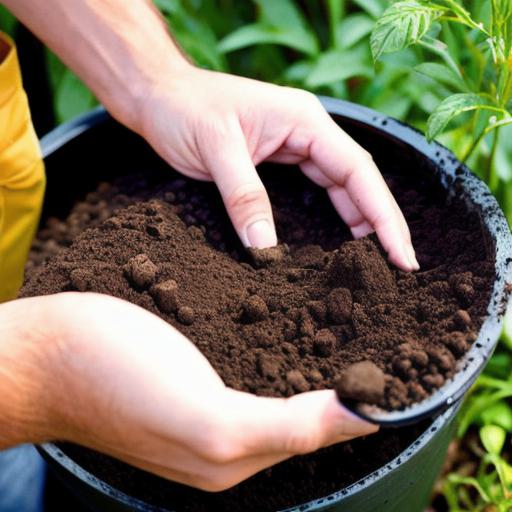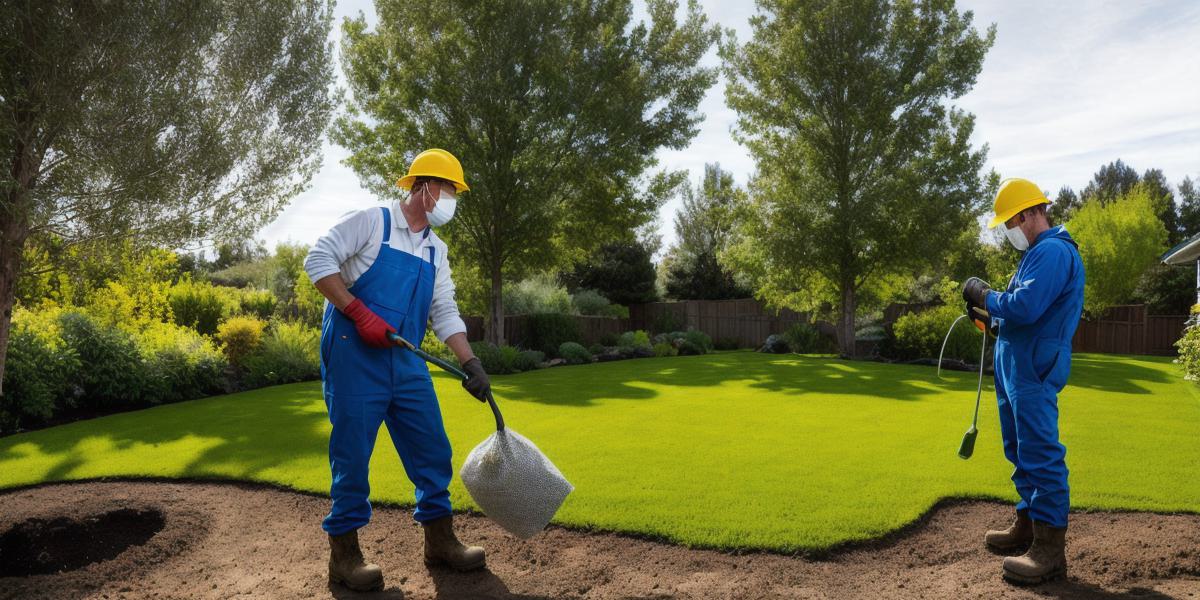Hydroseeding is a popular method of planting grass or trees, and it can be an effective way to quickly establish new vegetation on a variety of surfaces. But before you start hydroseeding, it’s important to understand the process and prepare your site for success. In this article, we will walk you through everything you need to know to get started with hydroseeding.
Understanding Hydroseeding
Hydroseeding is a process in which seed is mixed with water and applied to the ground using a spray or spinner. The mixture of seed, water, and other additives helps to promote germination and establishment of new vegetation. Hydroseeding can be done on a variety of surfaces, including bare soil, asphalt, and concrete.
One of the key benefits of hydroseeding is its speed. Unlike traditional seeding methods, which require the seed to be broadcasted and then watered individually, hydroseeding allows for the quick application of a large amount of seed to an area. This can save time and resources, especially when working on large-scale projects.
Preparing Your Site for Hydroseeding
Before you start hydroseeding, it’s important to prepare your site for success. Here are some key steps to follow:

- Soil Testing: Before you start hydroseeding, it’s important to test your soil to ensure that it is in good condition and will support the growth of new vegetation. You can purchase a home testing kit or send a sample to a lab for analysis.
- Cleaning: It’s important to clean your site before hydroseeding to remove any debris, weeds, or other organic matter that could interfere with the germination and establishment of new vegetation. This may involve removing topsoil, tilling, or using a brush or blower to clear the area.
- Surface Preparation: Once your site is clean, you’ll need to prepare the surface for hydroseeding. This may involve grading or leveling the ground, applying fertilizer or other additives, or creating seedbeds.
- Choosing the Right Seed: When choosing the right seed for your hydroseeding project, it’s important to consider factors such as the type of vegetation you want to establish, the climate and soil conditions of your site, and any local regulations or requirements.
- Mixing the Hydroseed Solution: Once you have chosen your seed, you’ll need to mix it with water and other additives to create a hydroseed solution. The exact formula will depend on the type of seed and other factors, but a common formula is 1 part seed to 3 parts water, plus additional nutrients and other additives as needed.
- Application: Once your hydroseed solution is ready, you’ll need to apply it to your site using a spray or spinner. The application rate will depend on the type of seed and other factors, but a common application rate is 25-30 pounds per 1,000 square feet.
Tips for Successful Hydroseeding
Here are some tips to help ensure that your hydroseeding project is a success:
- Watering: Once the seed has been applied, it’s important to provide adequate watering to promote germination and establishment. This may involve using irrigation systems or hand-watering, depending on the size of your site and other factors.
- Fertilizing: Providing adequate fertilization can help ensure that your new vegetation has the nutrients it needs to grow and thrive. You can use a variety of fertilizers, including organic or synthetic options, depending on your preference and the needs of your site.



